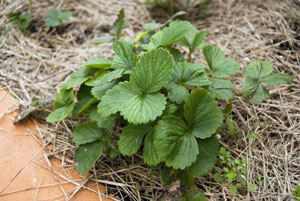 Therefore, it is worth learning about strawberries after harvesting, what to do (video) with bushes, and also what fertilizers should be used at this time to get a rich harvest of berries next year.
Therefore, it is worth learning about strawberries after harvesting, what to do (video) with bushes, and also what fertilizers should be used at this time to get a rich harvest of berries next year.
Process strawberry care immediately after picking berries, is the first step in preparing plants for the autumn and winter periods. It is important to conduct additional care, as it will strengthen the bushes and make them more viable. Do not ignore the proper care of plants, as this will help make strawberries stronger, and the harvest itself is much larger.
When does the end of bearing fruit occur?
The gardener takes the last berries from the bushes quite early, this applies not only to strawberries, but also to wild strawberries, it is only worth considering that the repairing variety bears fruit a little longer than usual. Before the cold weather begins, the gardener has not only weeks, but also months, so there is enough time to prepare the bushes for wintering, so it is so important to learn about strawberry bushes after harvest, what to do (video) during this period, and how to make care. It is worth considering that in warm weather weeds will grow, and this will adversely affect the plants, so it is worth constantly eliminating excess grass from the beds so that the berry bushes are not exposed to diseases and attacks of harmful insects.
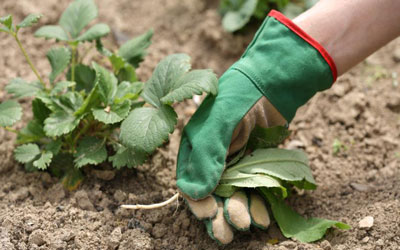
When the bushes cease to bring crops, they will gradually accumulate strength not only for fruiting in the next season, but they will also have to prepare for next winter, and for this, not a little strength is needed. If weed bushes grow around, then young strawberry plants will not be able to adequately stock up on nutrients to survive the winter season.
Antenna proliferation
Many gardeners learning about this berry after picking strawberriesthey don’t know what to do with the mustache, but they will have to be cut off. When the fruiting ends, the bushes begin to grow again actively, which leads to an increase in foliage on plants, as well as the growth of new antennae. If the gardener does not cut off unnecessary processes in time, the bushes will weaken significantly, and this will adversely affect the plant’s nutrition, which will reduce the chances of survival in winter frosts.
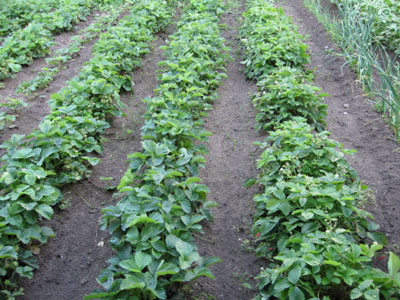
Is loosening the soil necessary?
What care does a strawberry need after fruiting, what to do next with soil and weeds, and do plants also need watering? All these questions concern gardeners who are used to caring for their plants in the beds. If we consider that it is impossible to weed the grass during the period of active fruiting, then on the grown leaves new diseases and pests can develop that have moved to the vegetation from the old leaves and the stem of the plant.
Strawberry bushes reproduce the crop within two and a half or three weeks, during which time the soil on the beds becomes very dense, so it is very important to remove all weeds, and then loosen the soil.
Is it necessary to feed plants?
At the same time, the roots and subordinate roots can be quite close to the soil surface, and in some cases they go outside, which negatively affects the plants. Do not try to instill them, it is best to prepare special mixtures for strawberry bait. How to properly feed such plants will be described in the article below.
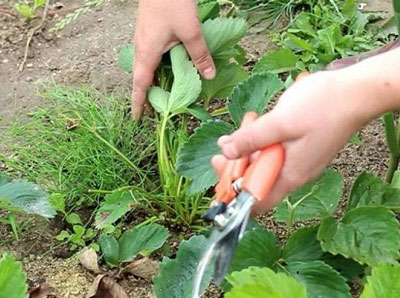
The process of caring for strawberry bushes after fruiting
If the gardener takes care of the strawberries after the harvest, what to do with the bushes will be the gardener's first important question. It is worth saying that after the harvest is fully harvested, it is necessary to eliminate all the old leaves and grass from the beds from the plot, it can become a distributor of fungal infections or pests. After that, the gardener removes the weeds in the beds, and also loosens the soil to allow oxygen to penetrate the soil.
It is important to pay attention to the leaves of each plant, if the young leaves began to curl up or become deformed, then it is worthwhile to conduct a special treatment of plants from ticks that have settled on the plant. Since the entire crop has already been harvested, you can use chemicals, they will not affect the future crop, but will quickly eliminate uninvited guests from the plants. When the gardener decides to carry out just such a treatment, before that it is recommended to eliminate all damaged and old leaves, as well as twigs with visible symptoms of infection.
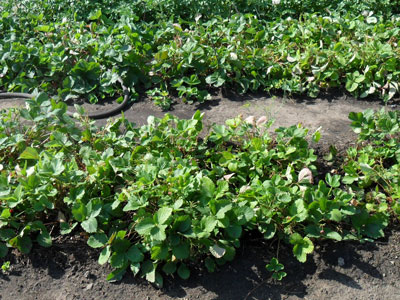
Some gardeners recommend removing leaves from strawberries altogether, this is done by cutting each leaf, or the bushes are simply mowed, but this method does not give a positive result, since the plants lose their strength and may not survive the winter. You can cut off all the leaves only in the most extreme case, that is, if the entire plantation has been infected with a tick. The remaining cases require only a partial elimination of the leaves from the bush, while choosing exclusively weak and infected leaves.
How to care for young bushes
When caring for young strawberries after harvest, what to do (video) with bushes is one of the most pressing issues. If the plant is only one year old, then with signs of leaf damage by a tick or a fungal disease, it is enough to remove the old and decayed leaves, everything else is left in place. Complete removal of foliage is possible exclusively on plants that are more than two years old.
Recommended:Processing strawberries in the spring from diseases and pests
But the mustache will have to be removed from all plants, regardless of their age. Of course, you can leave the antennae for the winter so that they themselves freeze, but in this case, strawberry plants will spend nutrients on the growth of these processes, which will significantly reduce the level of the future crop.
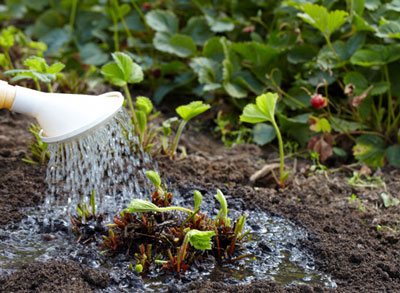
How is watering after picking berries
After fruiting, the bushes do not require constant watering, it is enough to moisten the soil only if necessary. If there is no rain for too long, you will have to water the plants yourself. Nevertheless, it is worth using a solution of potassium permanganate for irrigation, it will help to disinfect the soil, and this, in turn, is a very important point before wintering. It is worth taking care of the additional nutrition of plants, for this, ordinary compost is used, it is poured directly on the beds to the roots of the plants. Some also use manure for top dressing; they put it in whole pieces on beds.
Another wonderful fertilizer for the bushes will be ash, you just need to sprinkle the crushed ash dust into the beds, it will be enough to use a two-liter can of ash in one square place. But combining such a tool with manure is strictly prohibited, it will quickly remove useful nitrogen from the soil, and it is very necessary for plants in the period after the harvest. An ideal feeding option would be a special mixture sold in any gardening store.

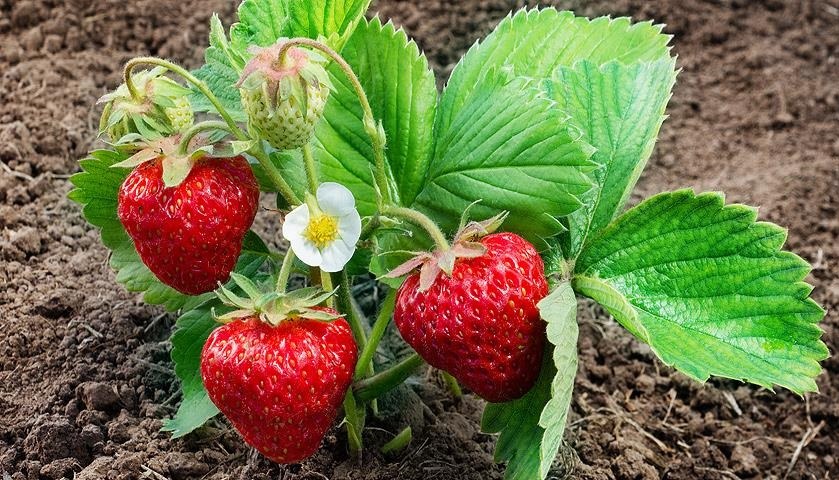
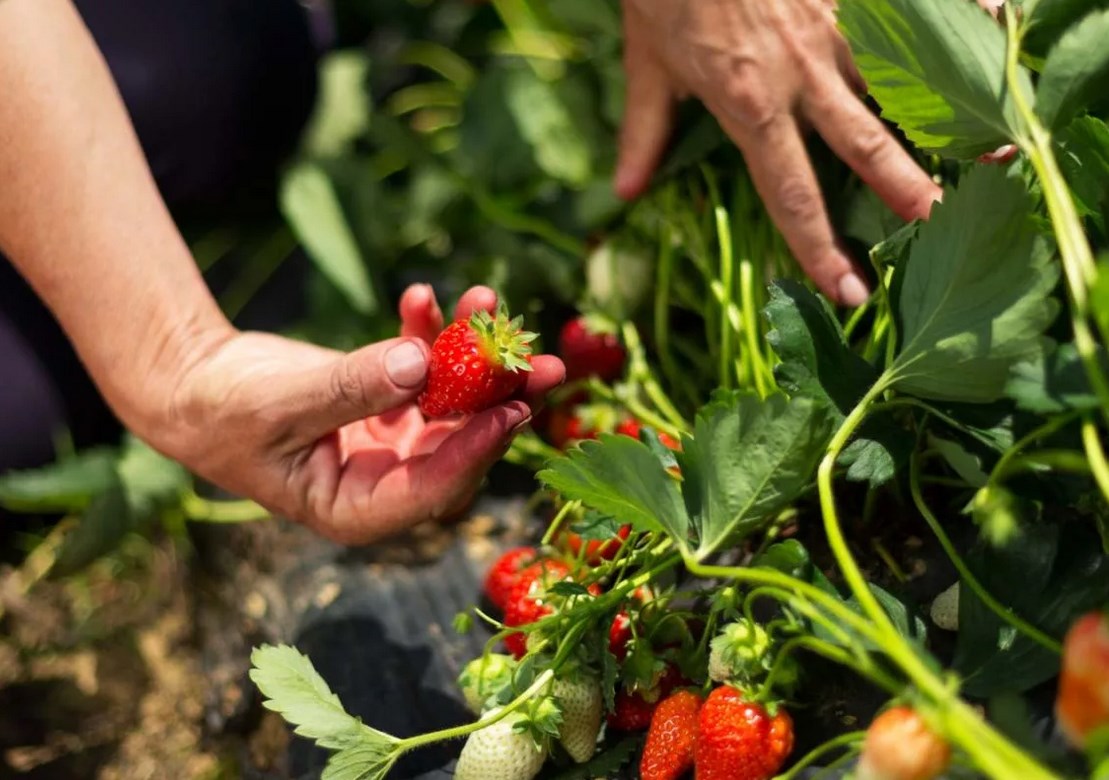
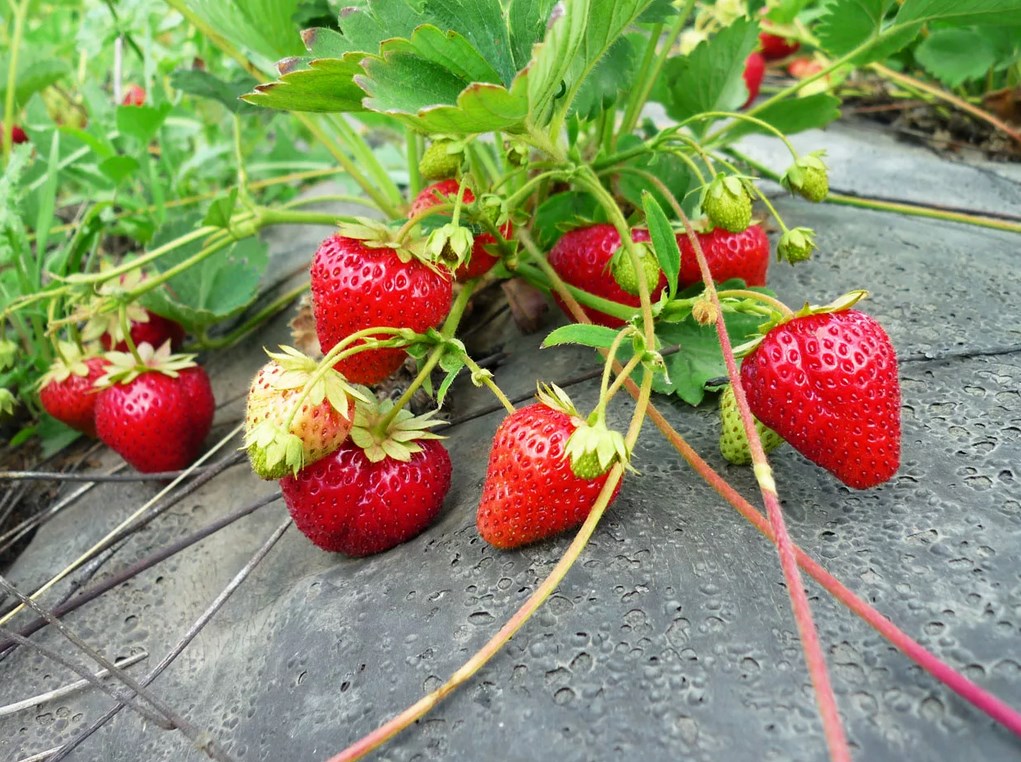
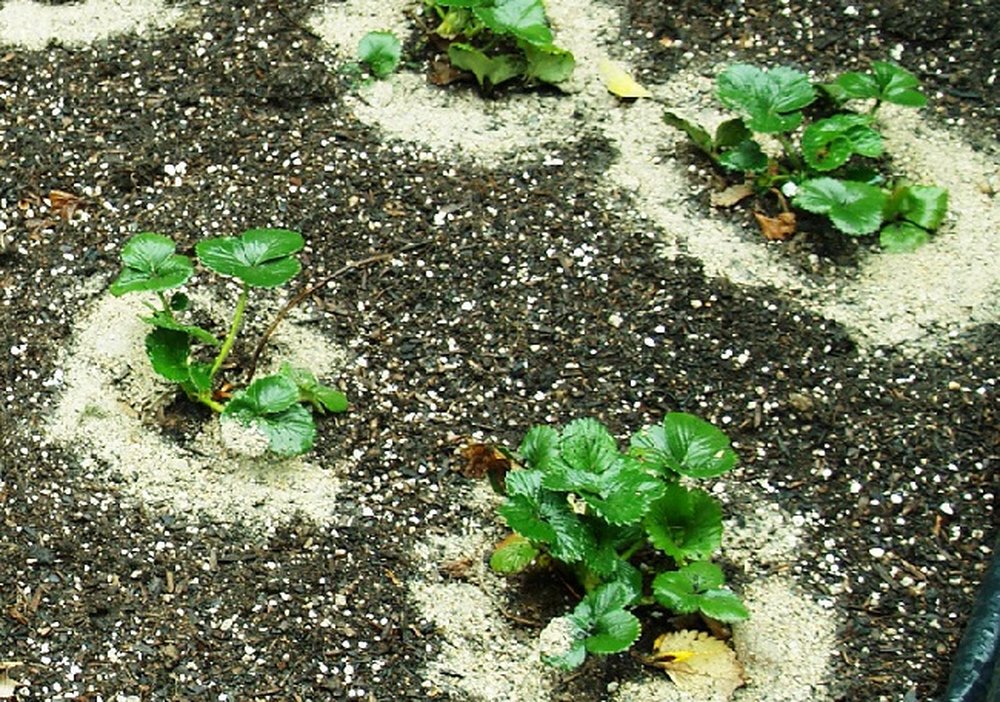 When to plant strawberries for seedlings from seeds in 2024
When to plant strawberries for seedlings from seeds in 2024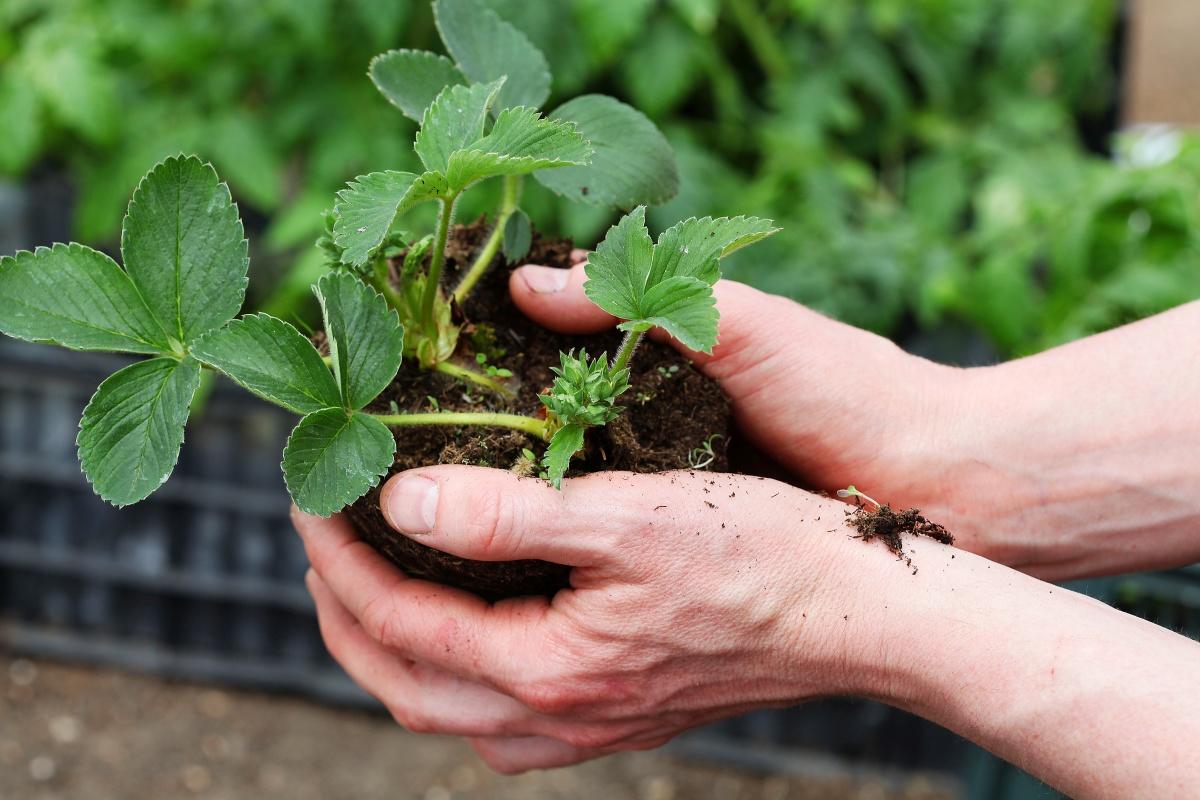 What month is better to choose for a strawberry transplant in the fall
What month is better to choose for a strawberry transplant in the fall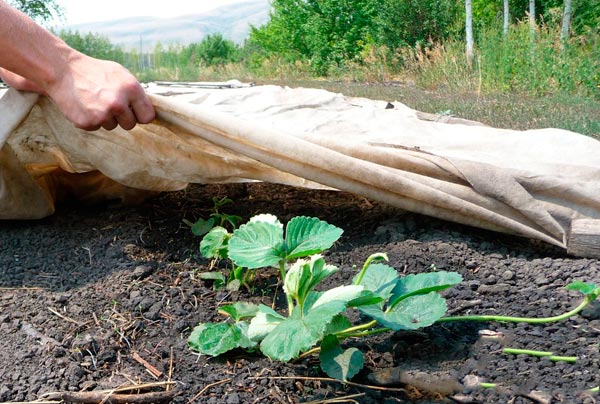 How to cover strawberries for the winter
How to cover strawberries for the winter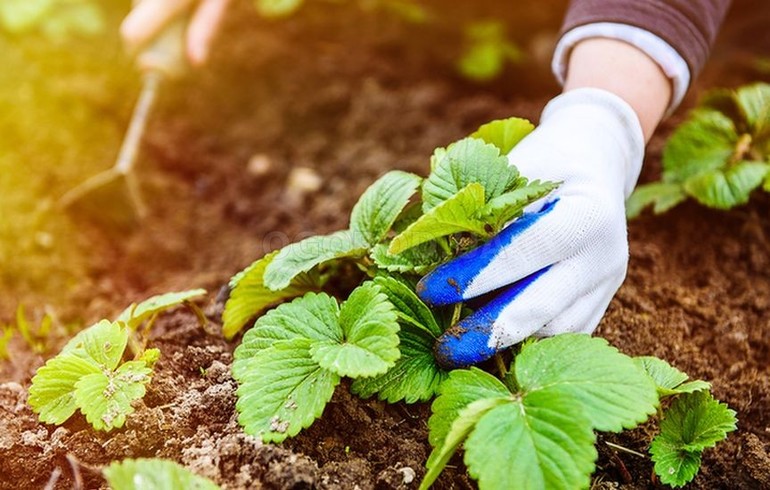 Proper care and pruning strawberries in the fall in the suburbs
Proper care and pruning strawberries in the fall in the suburbs